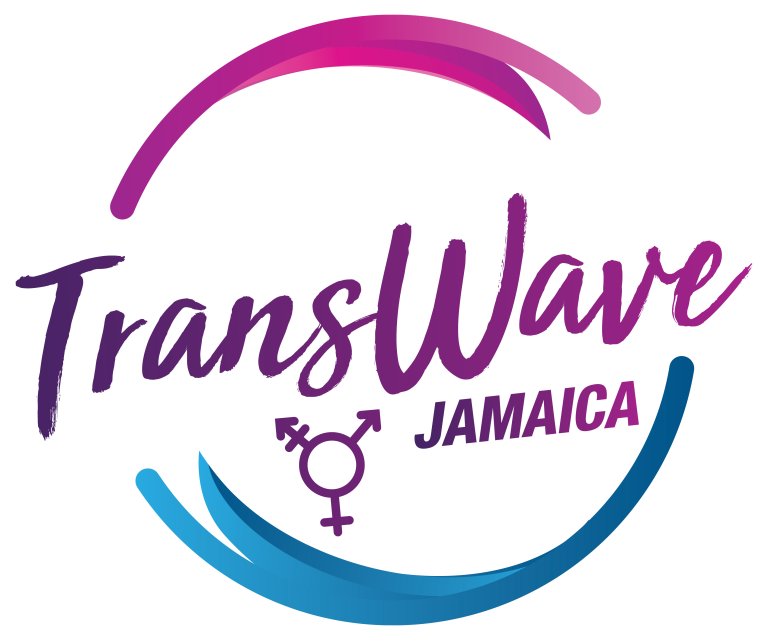Take Action
PrEP Myth-Busting: Separating Fact from Fiction
Despite its proven effectiveness in preventing HIV, there are many myths and misconceptions surrounding PrEP (Pre-Exposure Prophylaxis). These myths can create unnecessary stigma, discourage people from using it, or spread misinformation about who it’s for and how it works. In this guide, we’ll break down the most common myths about PrEP and uncover the truth, empowering you to make informed decisions about your health and well-being. Let’s set the record straight!
Fact: While PrEP is highly effective at preventing HIV, it does not protect against other sexually transmitted infections (STIs) or pregnancy. Using condoms alongside PrEP offers the best protection.
Fact: Most people experience minimal to no side effects. Common side effects, such as nausea or headaches, typically go away within a few weeks. Talk to your healthcare provider if you have concerns.
Fact: Many programs and insurance plans make PrEP affordable or even free. Check with local health clinics or organizations for assistance.
Fact: You can stop taking PrEP if your circumstances change and you’re no longer at risk of HIV. Consult your healthcare provider before discontinuing.
Fact: Studies show no significant interactions between PrEP and gender-affirming hormone therapy, and both can be used safely together.
Fact: Taking PrEP is a responsible and proactive choice to reduce the risk of HIV, not an indicator of someone’s sexual behavior.
Fact: Research confirms that PrEP is highly effective for transgender women when taken consistently, just as it is for anyone else at risk of HIV.
Fact: After the hook-up, it’s unfortunately too late to start your PrEP on-demand schedule. You will only be protected by PrEP on-demand if you take the starting double dose between 2 and 24 hours before sex, as your body needs time to absorb the medication. Think of it like sunscreen – it’s most effective if applied before you go out in the sun, and it’s not effective at all if applied after being out in the sun.
when they run out.
Fact: Restarting PrEP without consulting a doctor isn’t recommended. You need an HIV test before resuming PrEP to ensure you haven’t contracted the virus, as starting PrEP while HIV-positive can lead to drug resistance. Always check with your healthcare provider before restarting.
Fact: Taking fewer PrEP pills than prescribed reduces its effectiveness and increases the risk of HIV infection. Stick to the recommended daily dosing or consult your healthcare provider about alternatives like PrEP on demand if suitable for your situation.
to make up for it.
Fact: Missing the follow-up dose for PrEP on demand reduces its effectiveness. Doubling the next dose won’t compensate for the missed one. Instead, continue with the regular schedule and consult your healthcare provider for guidance.
I need a new prescription.
By busting these myths, we can better understand the role of PrEP in HIV prevention and its importance in public health.
Have a question about PrEP?
Always speak with your prescribing doctor if you have any questions about taking PrEP correctly.

